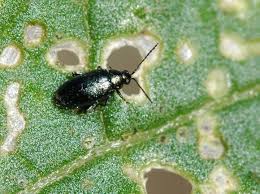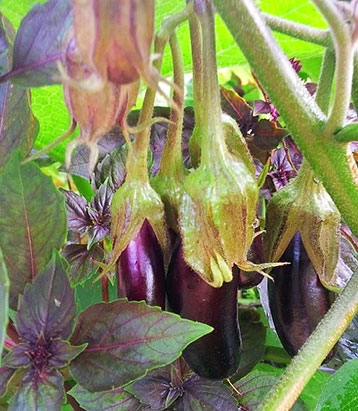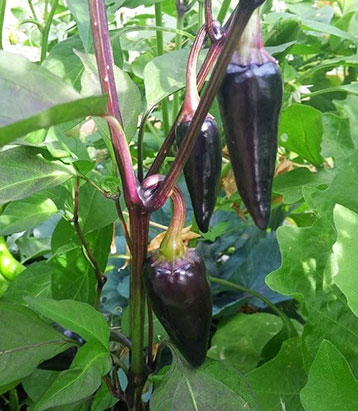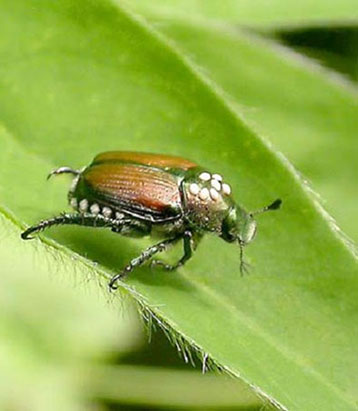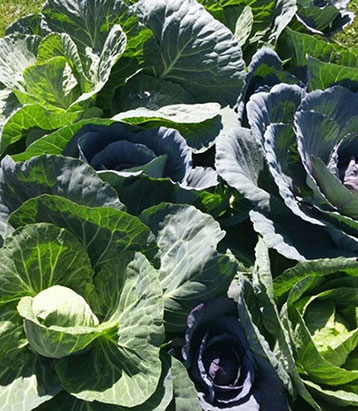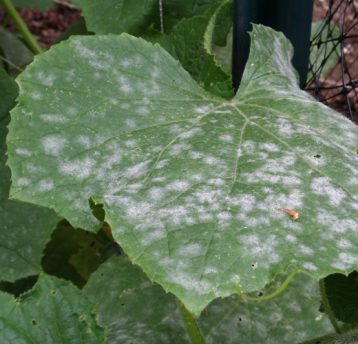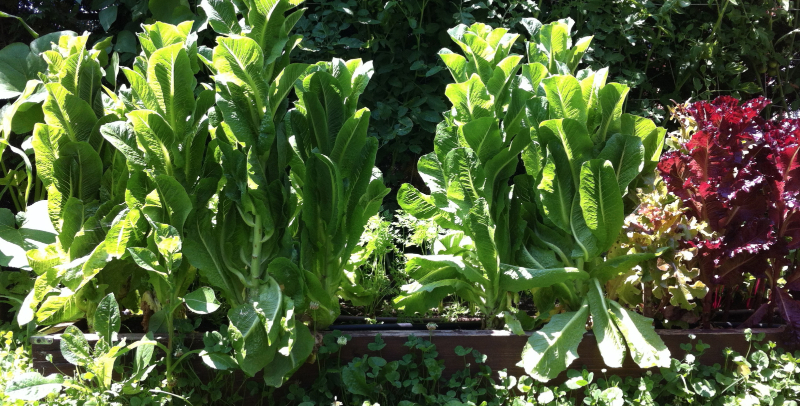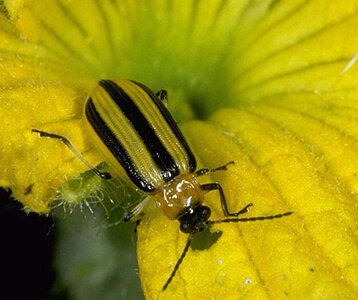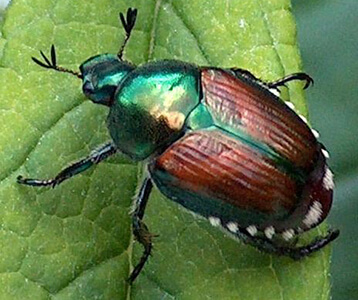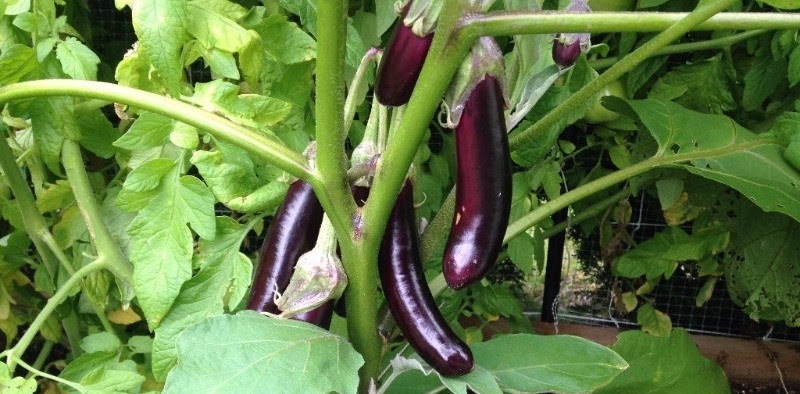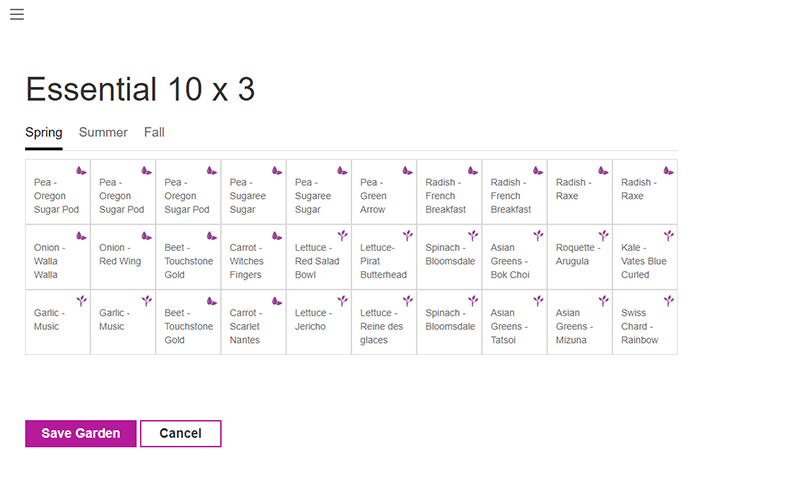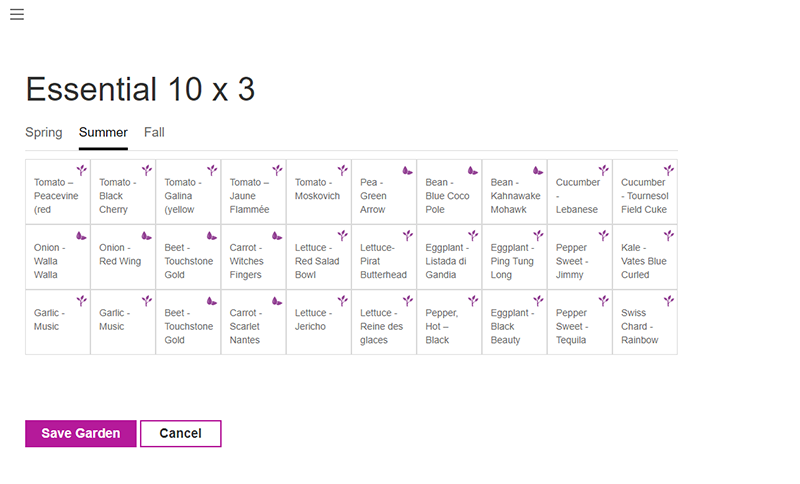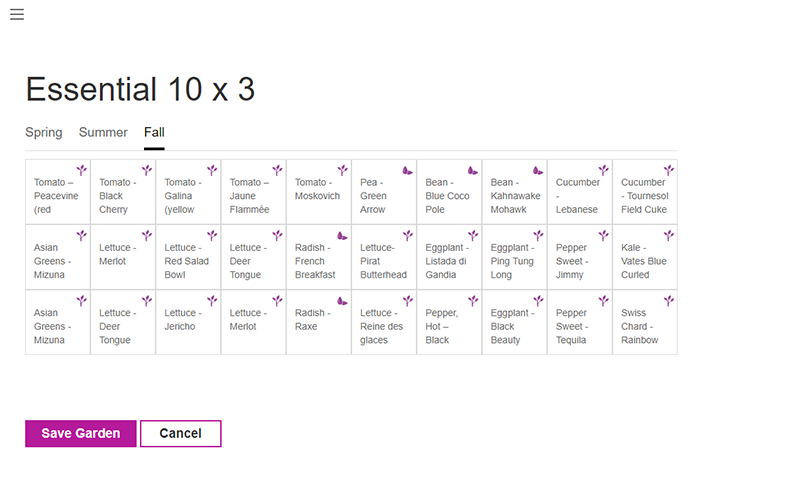Description
Flea beetle are very small and black and hard to see in the garden. If you want to spot them in the garden you have to approach quietly or they jump away.
Effects
Flea beetle damage resemble small needle holes in the leaves of your greens. They are usually active during the month of May. However, the damage is cosmetic and leaves can still be harvested.
Control
Flea beetles do not like water so make sure to water often or setting up a sprinkler can help to control populations. You can use sticky traps to catch them. Flea beetles are loved by birds so installing a birdhouse or having hedges for birds to hide in can encourage them to stick around and eat those tasty beetles for you. If you know that flea beetle is a problem in your garden you can use a physical barrier such as a floating row to prevent them from infesting your garden.
